Home>Home Appliances>Home Automation Appliances>Why Is Alexa Taking So Long To Respond
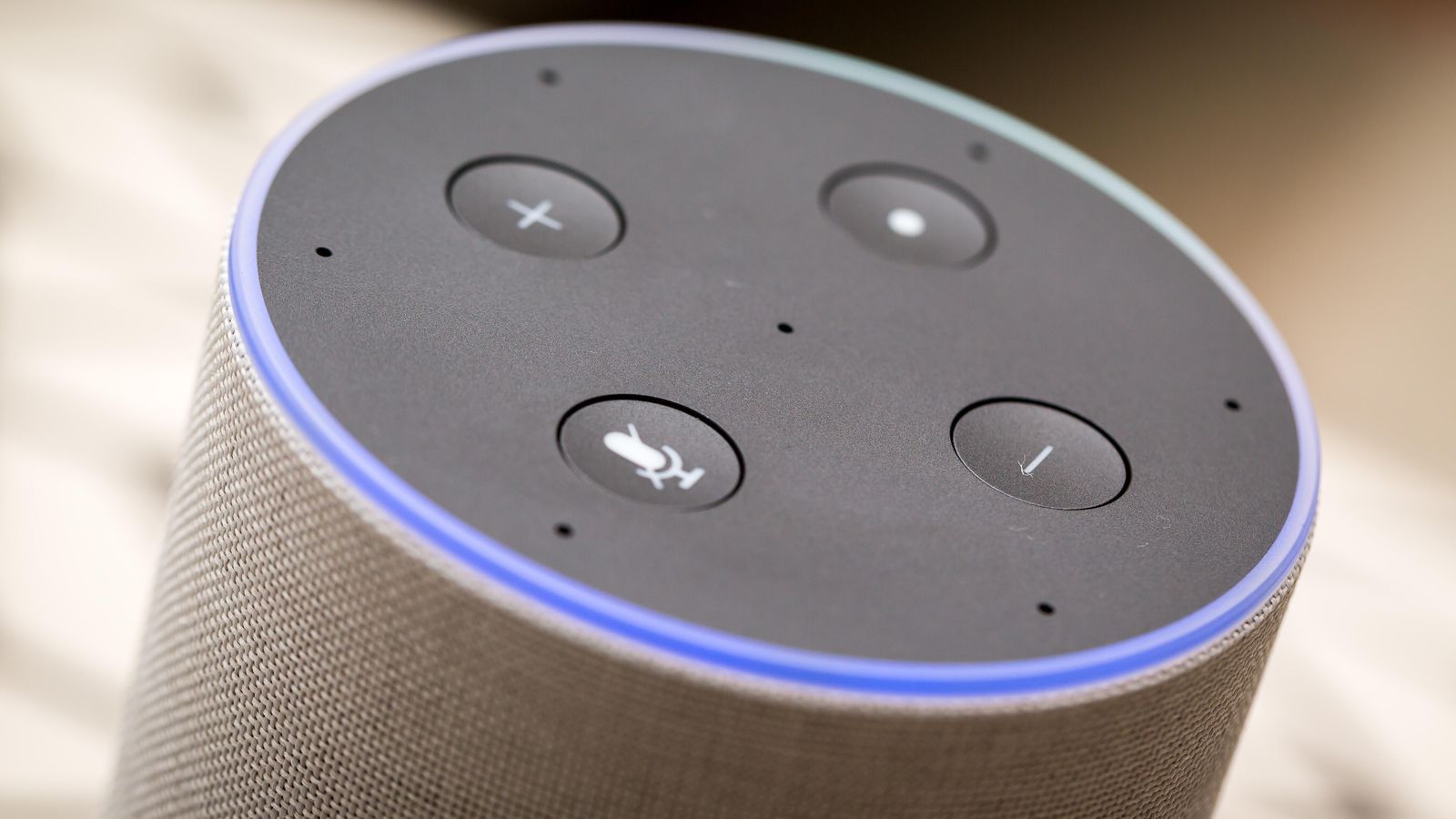

Home Automation Appliances
Why Is Alexa Taking So Long To Respond
Published: December 31, 2023
Discover the reasons why Alexa may be slow to respond and learn how to optimize your home automation appliances for better performance. Explore solutions to improve Alexa's responsiveness.
(Many of the links in this article redirect to a specific reviewed product. Your purchase of these products through affiliate links helps to generate commission for Storables.com, at no extra cost. Learn more)
Introduction
In the realm of smart home automation, Alexa has emerged as a ubiquitous and indispensable virtual assistant. Its seamless integration with a plethora of devices and its proficiency in executing a myriad of tasks have made it a household favorite. However, despite its remarkable capabilities, users may occasionally encounter delays in Alexa's response time, prompting the question: "Why is Alexa taking so long to respond?"
The delay in Alexa's responses can be a source of frustration for users, especially when they are accustomed to swift and efficient interactions with the virtual assistant. Understanding the underlying factors contributing to these delays is crucial in deciphering the intricacies of Alexa's functionality and in devising strategies to enhance its responsiveness.
In this article, we will delve into the nuances of Alexa's response time, exploring the technical complexities that influence its performance and the implications for user experience. By unraveling the intricacies of Alexa's response time and elucidating the measures to ameliorate it, we aim to provide a comprehensive understanding of this phenomenon and equip users with insights to optimize their interactions with this virtual assistant.
Key Takeaways:
- Alexa’s response time can vary due to factors like internet speed, complex queries, and third-party services, impacting user satisfaction and reliability.
- Users can optimize Alexa’s response time by improving network connectivity, upgrading devices, and providing feedback to enhance the virtual assistant’s performance.
Read more: Why Is Alexa Slow To Respond
Understanding Alexa’s Response Time
When interacting with Alexa, users anticipate prompt and seamless responses to their commands and queries. However, the duration of Alexa’s response time can vary, ranging from instantaneous replies to perceptible delays. Understanding the factors that contribute to this variability is essential in comprehending the dynamics of Alexa’s functionality.
At its core, Alexa’s response time refers to the duration between a user’s input, such as issuing a command or posing a question, and Alexa’s subsequent vocal or visual response. This interval is influenced by a multitude of factors, encompassing both technical intricacies and contextual considerations.
From a technical standpoint, Alexa processes and interprets user inputs through a complex network of algorithms and natural language processing (NLP) mechanisms. These processes entail the conversion of speech to text, semantic analysis to discern user intent, and retrieval of relevant information from vast repositories of data. The seamless orchestration of these processes is pivotal in expediting Alexa’s response time.
Moreover, the integration of third-party skills and services further amplifies the intricacies of Alexa’s response time. When users invoke skills developed by external providers, Alexa must seamlessly interface with these services, necessitating additional processing time and potential dependencies on external servers and networks.
Contextual factors also exert a substantial influence on Alexa’s response time. The complexity of the user’s query, the availability of relevant information in Alexa’s knowledge base, and the stability of the user’s internet connection collectively impact the timeliness of Alexa’s responses. Furthermore, the extent of personalization and customization in the user’s Alexa ecosystem, including linked smart home devices and personalized preferences, can influence the intricacies of Alexa’s response time.
By comprehending the multifaceted nature of Alexa’s response time, users can gain a nuanced perspective on the dynamics underlying its performance. In the subsequent sections, we will explore the specific factors that contribute to delays in Alexa’s response time and elucidate strategies to optimize and enhance its responsiveness.
Factors Affecting Alexa’s Response Time
Several factors contribute to the variability in Alexa’s response time, encompassing technical intricacies, network dependencies, and contextual considerations. Understanding these factors is pivotal in discerning the nuances of Alexa’s performance and formulating strategies to mitigate delays.
- Network Latency: The stability and speed of the user’s internet connection play a pivotal role in determining Alexa’s response time. Network latency, characterized by delays in data transmission between the user’s device and Amazon’s servers, can impede the expeditious retrieval of information and the execution of commands.
- Processing Complexity: The complexity of user queries and commands, especially those necessitating intricate natural language processing and semantic analysis, can engender delays in Alexa’s response time. Tasks requiring extensive computation and data retrieval may prolong the interval between user input and Alexa’s response.
- Integration with Third-Party Skills: When users invoke third-party skills and services, Alexa’s response time may be influenced by the seamless interfacing with external servers and the processing of data from external sources. Dependencies on external services can contribute to delays in executing skill-specific commands and queries.
- Device Performance: The performance and processing capabilities of the user’s Alexa-enabled device, whether a smart speaker, smart display, or other compatible gadgets, can impact Alexa’s response time. Older or resource-constrained devices may exhibit longer processing intervals.
- Data Retrieval and Caching: The retrieval of personalized information, such as calendar events, reminders, and customized preferences, can introduce variability in Alexa’s response time. Additionally, the caching of frequently accessed data can expedite responses for recurrent queries.
- Server Load and Maintenance: Amazon’s servers, which facilitate the processing of user inputs and the dissemination of responses, may experience fluctuations in load and undergo periodic maintenance, potentially influencing Alexa’s response time.
By discerning these factors, users can gain insights into the intricacies of Alexa’s response time and proactively address potential sources of delays. In the subsequent sections, we will delve into the technical challenges that underpin Alexa’s response time and explore strategies to enhance its responsiveness.
Technical Challenges
Alexa’s seamless and expeditious response to user inputs is contingent upon its adept navigation of a myriad of technical challenges, encompassing natural language processing, data retrieval, and skill execution. These complexities underpin the intricacies of Alexa’s functionality and can contribute to delays in its response time.
Natural Language Processing (NLP): Alexa’s proficiency in understanding and interpreting user queries and commands hinges on sophisticated natural language processing algorithms. The conversion of spoken words to text, semantic analysis to discern user intent, and the extraction of relevant information from vast repositories of data necessitate intricate computational processes, potentially introducing delays in Alexa’s response time.
Data Retrieval and Processing: When users pose queries or commands requiring the retrieval of specific information, such as real-time weather updates, traffic conditions, or personalized data from linked accounts, Alexa must efficiently access and process this data. The seamless retrieval and processing of information are pivotal in expediting Alexa’s responses, yet the complexities of data retrieval can engender delays.
Integration with Third-Party Skills: Alexa’s extensibility through third-party skills and services enriches its capabilities but introduces additional technical intricacies. When users invoke skill-specific commands, Alexa must seamlessly interface with external servers and services, potentially encountering delays due to dependencies on external networks and data processing pipelines.
Optimization for Diverse Devices: Alexa’s compatibility with a diverse array of devices, ranging from smart speakers and smart displays to smartphones and wearables, necessitates optimization for varying hardware specifications and performance capabilities. Ensuring consistent responsiveness across this spectrum of devices poses technical challenges that can influence Alexa’s response time.
Continuous Improvement and Updates: Amazon continually enhances Alexa’s capabilities through software updates and iterative improvements. While these updates aim to optimize performance, they can transiently introduce variability in Alexa’s response time, particularly during the deployment of new features and optimizations.
By elucidating these technical challenges, users can gain a deeper appreciation for the intricacies underpinning Alexa’s response time. In the subsequent sections, we will explore the implications of delays in Alexa’s response time on user experience and elucidate strategies to ameliorate this phenomenon.
Check your internet connection and make sure it’s strong. Weak or slow internet can cause delays in Alexa’s response time. Also, try restarting your Alexa device to see if that improves its responsiveness.
User Experience Implications
The responsiveness of virtual assistants such as Alexa profoundly influences the user experience, shaping perceptions of efficiency, reliability, and overall satisfaction. Delays in Alexa’s response time can have multifaceted implications for user experience, spanning frustration, diminished utility, and potential disengagement.
Frustration and Dissonance: When users encounter delays in Alexa’s responses, especially during time-sensitive tasks or urgent inquiries, frustration may ensue. The dissonance between the anticipated immediacy of virtual assistant interactions and the actual delays can erode user confidence in Alexa’s reliability and efficacy.
Diminished Utility: The utility of Alexa as a facilitator of seamless and efficient interactions is contingent upon its responsiveness. Delays in response time can diminish the perceived utility of the virtual assistant, potentially deterring users from leveraging its capabilities for diverse tasks and queries.
Impact on Task Flow: In scenarios where users integrate Alexa into their workflow for task management, productivity, or smart home control, delays in response time can disrupt the fluidity of task execution. This can impede the seamless integration of Alexa into users’ daily routines and workflows.
User Confidence and Trust: Consistent delays in Alexa’s response time may erode user confidence and trust in the virtual assistant’s capabilities. Users rely on prompt and accurate responses to engender trust in Alexa as a dependable and proficient facilitator of their digital interactions.
Perception of Reliability: The reliability of virtual assistants is intrinsically linked to their responsiveness. Delays in Alexa’s response time can influence perceptions of its reliability, potentially leading users to question its dependability in executing tasks and providing accurate information.
By recognizing the implications of delays in Alexa’s response time on user experience, stakeholders can prioritize the optimization of Alexa’s responsiveness to foster enhanced user satisfaction and utility. In the subsequent sections, we will elucidate strategies to ameliorate Alexa’s response time and enhance its efficacy as a virtual assistant.
Read more: Why Road Construction Takes So Long
Improving Alexa’s Response Time
Enhancing Alexa’s response time involves a multifaceted approach encompassing technical optimizations, network considerations, and user engagement strategies. By addressing the underlying factors contributing to delays, stakeholders can augment the responsiveness of Alexa, elevating its utility and user satisfaction.
Optimizing Network Connectivity: Ensuring a stable and high-speed internet connection is pivotal in expediting Alexa’s response time. Users can enhance network connectivity by leveraging reliable Wi-Fi infrastructure, minimizing network congestion, and optimizing router settings for seamless data transmission.
Device Performance and Upgrades: Upgrading to newer, more powerful Alexa-enabled devices can enhance processing capabilities, potentially reducing delays in Alexa’s response time. Ensuring that devices are updated with the latest firmware and software optimizations is crucial in optimizing performance.
Technical Enhancements: Amazon continually refines Alexa’s capabilities through software updates and optimizations. Users can enable automatic updates for their Alexa devices to leverage the latest performance enhancements and refinements in natural language processing and data retrieval mechanisms.
Minimizing Third-Party Dependencies: Users can optimize Alexa’s response time by minimizing dependencies on third-party skills and services, especially for time-sensitive tasks. Relying on native Alexa functionalities for common tasks can mitigate delays introduced by external service integrations.
Personalization and Data Caching: Leveraging Alexa’s personalization features, including customized preferences and frequently accessed information, can expedite responses by leveraging cached data. Users can proactively manage personalized settings to streamline data retrieval and enhance response time for recurrent queries.
Feedback and Reporting: Providing feedback on instances of delayed responses can contribute to Amazon’s insights into optimizing Alexa’s performance. Reporting instances of prolonged response times can inform iterative refinements aimed at enhancing Alexa’s responsiveness for diverse user scenarios.
By implementing these strategies and embracing a proactive approach to optimizing Alexa’s response time, users can foster an environment conducive to swift and efficient interactions with the virtual assistant. These measures collectively contribute to augmenting the utility and satisfaction derived from leveraging Alexa’s diverse capabilities.
Conclusion
Alexa’s response time is a pivotal determinant of user satisfaction and utility, profoundly shaping the user experience within the realm of smart home automation and digital interactions. The variability in Alexa’s response time, influenced by technical intricacies, network dependencies, and contextual considerations, underscores the multifaceted nature of this phenomenon.
By comprehending the factors affecting Alexa’s response time and the technical challenges underpinning its performance, users can gain insights into the intricacies of this virtual assistant’s functionality. The implications of delays in Alexa’s response time on user experience, encompassing frustration, diminished utility, and potential disengagement, underscore the significance of optimizing its responsiveness.
Strategies aimed at improving Alexa’s response time, spanning network optimizations, device upgrades, technical enhancements, and user engagement, offer a proactive pathway to enhancing the virtual assistant’s efficacy. By embracing these measures, users can foster an environment conducive to swift and efficient interactions with Alexa, augmenting its utility and user satisfaction.
As the landscape of smart home automation continues to evolve, the optimization of virtual assistant responsiveness assumes heightened significance, shaping user perceptions and interactions. By prioritizing the enhancement of Alexa’s response time, stakeholders can fortify its position as a seamless and proficient facilitator of diverse tasks and queries within the smart home ecosystem.
In navigating the complexities of Alexa’s response time and embracing strategies to ameliorate delays, users can cultivate an environment conducive to seamless and efficient interactions with this ubiquitous virtual assistant, enriching their smart home experiences and digital interactions.
Frequently Asked Questions about Why Is Alexa Taking So Long To Respond
Was this page helpful?
At Storables.com, we guarantee accurate and reliable information. Our content, validated by Expert Board Contributors, is crafted following stringent Editorial Policies. We're committed to providing you with well-researched, expert-backed insights for all your informational needs.

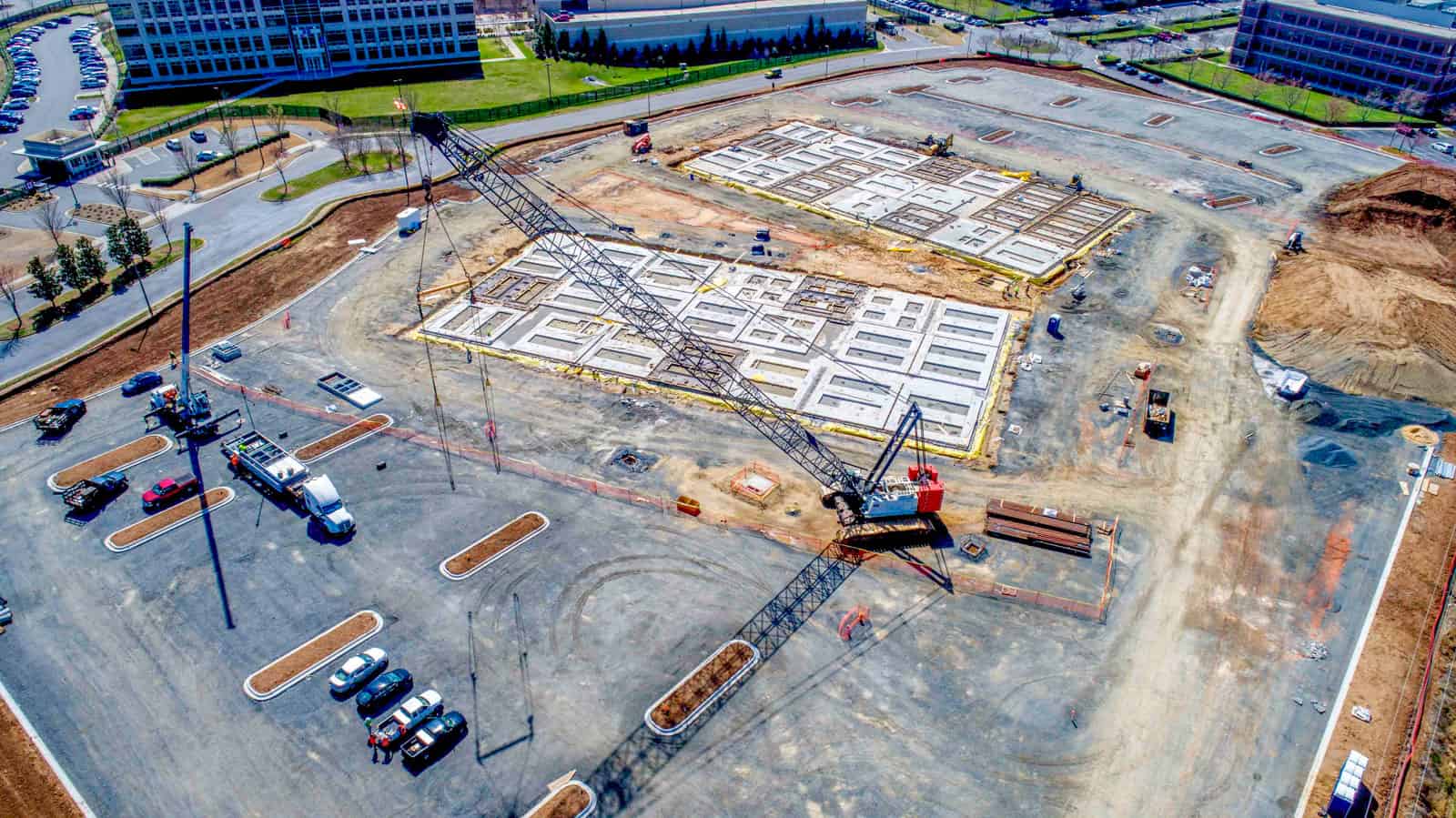


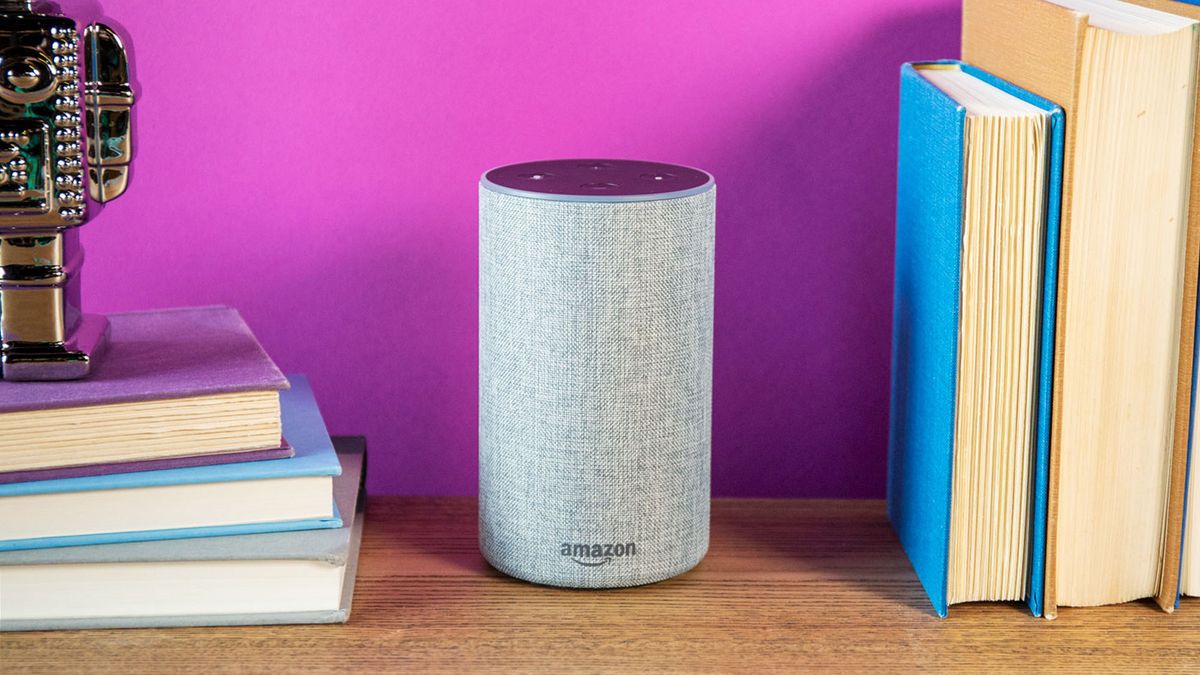


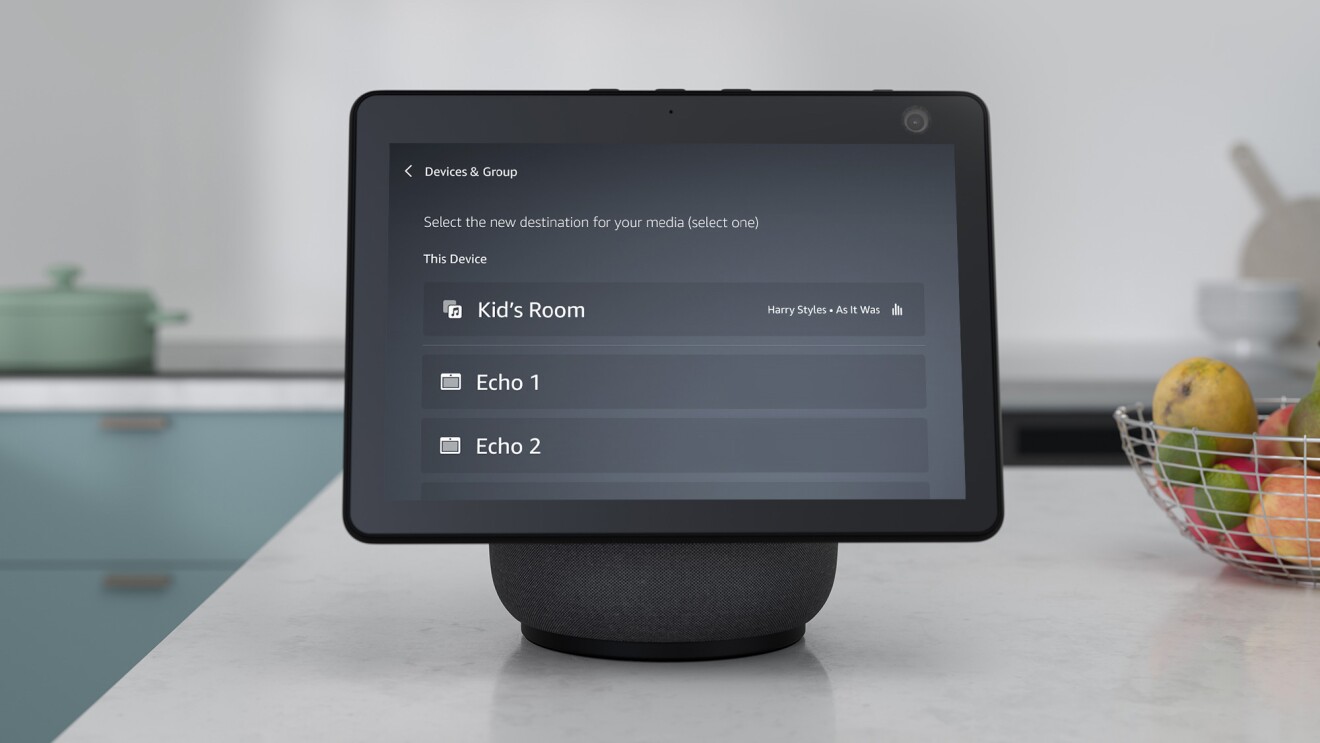





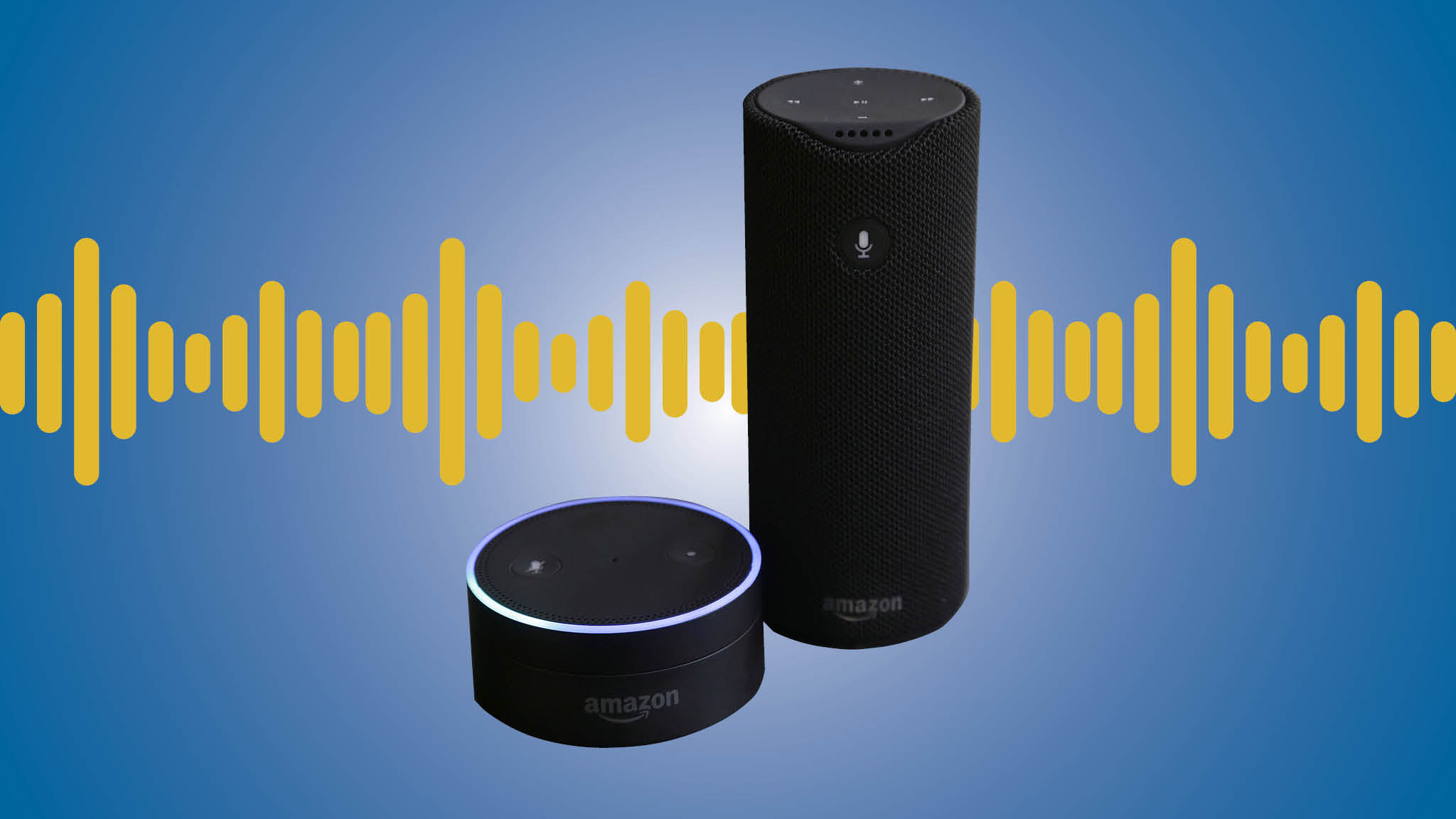

0 thoughts on “Why Is Alexa Taking So Long To Respond”